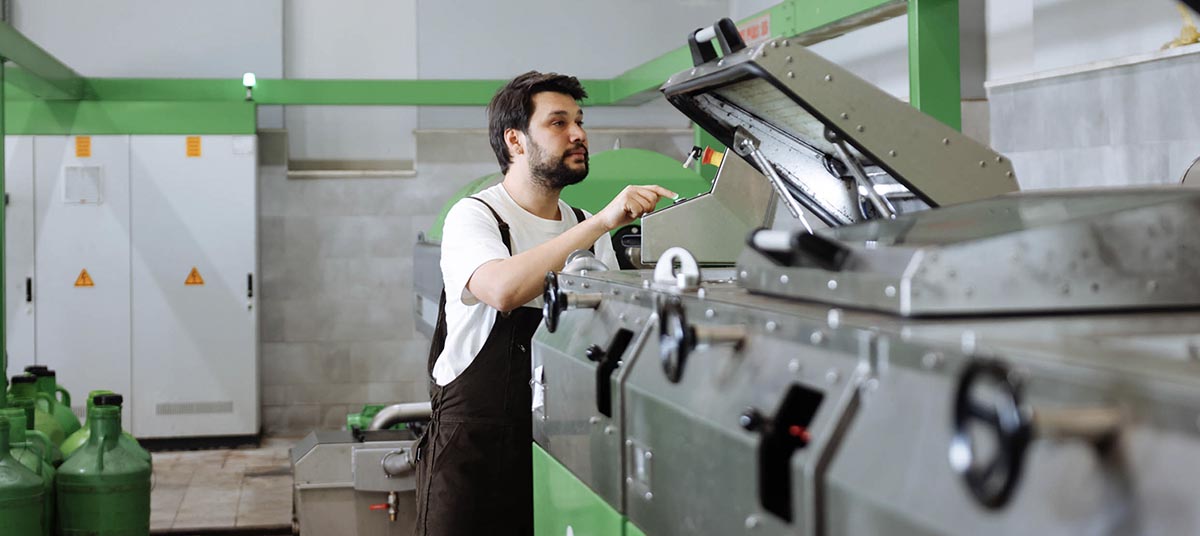Unlocking Economic Growth: The Return of 100% Bonus Depreciation and New Qualified Production Deductions

The pivotal return of 100% bonus depreciation marks a significant milestone within contemporary U.S. tax relief measures aimed at enhancing economic growth. Initially bolstered by the 2017 Tax Cuts and Jobs Act (TCJA), this provision's revival under the newly implemented "One Big Beautiful Bill Act" (OBBBA) underscores its strategic value, particularly post-pandemic. This article delves into the multifaceted tax advantages, historical evolution, criteria, and recent legislative updates that herald the return of bonus depreciation, alongside the newly introduced expensing of qualified production property.
Historical Insights: Economic Stimulation Origins - Bonus depreciation originated from the Job Creation and Worker Assistance Act in 2002, initially enabling businesses to immediately deduct a substantial portion of qualifying property costs, as opposed to spreading out deductions over several years via standard depreciation. Initially set at 30%, this deduction was later expanded to 50%, and, during certain economic downturns, to 100%.
Under the TCJA, bonus depreciation critically allowed a 100% first-year deduction for qualifying assets—an unprecedented incentive designed to spur business investments and foster economic vitality. While the TCJA included a sunset clause to phase out this rate starting in 2023, eventually ceasing by 2027, the OBBBA's permanent extension reinstates this key benefit.Unveiling the Benefits of Bonus Depreciation - Bonus depreciation empowers businesses to deduct the entire cost of qualifying assets in the year they're acquired, offering immediate tax savings and stimulating capital expenditures. This consequently boosts cash flow by lowering taxable income, making it an attractive stimulus for asset acquisition. However, maximizing these benefits necessitates strategic tax planning. The intricate relationship with the Section 199A deduction, which is contingent on qualified business income (QBI), requires savvy navigation—decreasing taxable income via large asset purchases could influence various phase-outs or restrictions associated with Section 199A.

Eligibility for Bonus Depreciation - Typically, tangible personal property with a recovery period of 20 years or under, computer software, water utility property, and qualified improvements are eligible. Recovery durations are predefined by the IRS; for instance, most business vehicles follow a 5-year term, while office equipment spans 7 years. Real properties, being subject to 27.5 or 39-year recovery terms, aren't eligible.
The TCJA broadened eligibility to include both brand-new and previously-owned qualifying property, thus amplifying the appeal of buying second-hand equipment. However, public utility properties and specific dealer properties are barred from qualification, adding to the intricate landscape.Overcoming Qualified Improvement Property Challenges - Legislative missteps initially hampered qualified improvement property under the TCJA. The legislative intent was to encompass properties like leasehold, restaurant, and retail improvements under a 15-year MACRS recovery period for bonus depreciation eligibility; the CARES Act later remedied this oversight.
Navigating the Revocation of Bonus Depreciation and AMT Effects - Revoking bonus depreciation generally necessitates IRS consent unless on a timely filed return, after which revocation can occur via amended returns within a six-month window. Notably, property depreciated under this bonus scheme bypasses alternative minimum tax (AMT) adjustments, aligning regular tax depreciation with AMT implications.
Special Provisions for Business Vehicles and Depreciation - Business vehicles, particularly those deemed "luxury autos," face unique rules and deduction limits. The TCJA permits an additional $8,000 depreciation cap during bonus years, presumably continuing under OBBBA. Section 179 deductions allow another method of asset cost recovery, but they also necessitate recapture should business use drop below 50% in any subsequent year after service initiation.
Addressing Legislative Developments - The OBBBA secures a 100% deduction for qualified property placed in service post-January 19, 2025; this measure bolsters strategic long-term fiscal planning aligned with national economic initiatives. Properties in service between January 1, 2025, and January 19, 2025, retain a 40% bonus depreciation rate.

Introducing Qualified Production Property - OBBBA introduces provisions fostering domestic manufacturing. Previously, property-related nonresidential real property underwent a 39-year depreciation, with limited bonus depreciation application. Effective from July 4, 2025, OBBBA allows taxpayers to fully expense the cost of select new factories, existing factory improvements, and other specified structures tied to production.
Eligible properties must align with several criteria, including U.S. usage and construction timelines, taxpayer election designations, and usage commencement within specified deadlines. Non-qualifying properties include office-related facilities, lodging, parking, sales venues, and certain production activities.Comprehending Qualified Production Activities - Per OBBBA, a "Qualified Production Activity" encompasses the manufacture, production—limited to agricultural and chemical production—and refinement of a qualifying product, necessitating substantial property transformation.
A qualifying product aligns to tangible personal property, distinctly excluding food or beverages prepared within selling premises. Significant transformation in the production process is essential for classification, barring specific production types.
The revival of bonus depreciation provides an instrumental means for businesses to immediately leverage tax rewards for capital investments, supporting several strategic facets ranging from QBI deductions, AMT strategies, to qualification requirements. Its continuous role solidifies it in strategic business planning networks, propelling economic expansion. The qualified production property deduction further galvanizes the construction of U.S.-based production facilities, beneficial for both large entities and small manufacturers.
If you own a business and wish to explore how bonus depreciation can best suit your business needs, feel free to contact our office.
Want tax & accounting tips and insights?
Sign up for our newsletter.